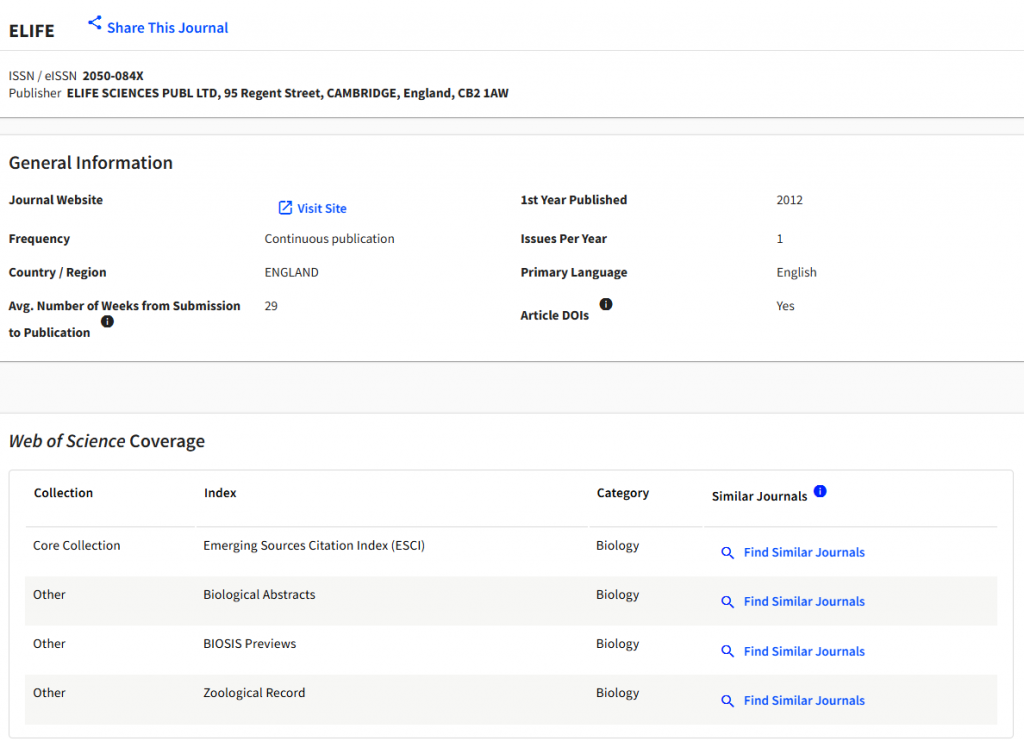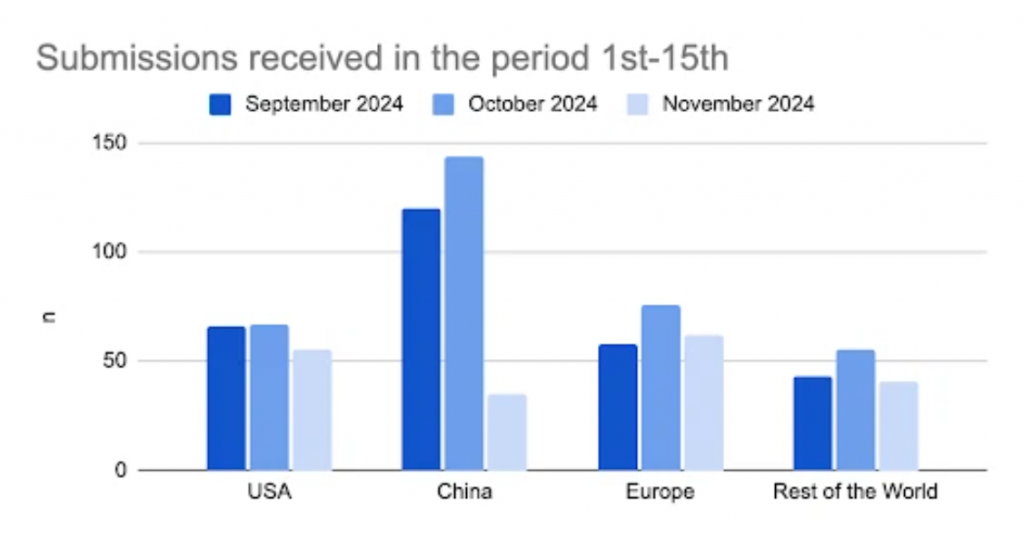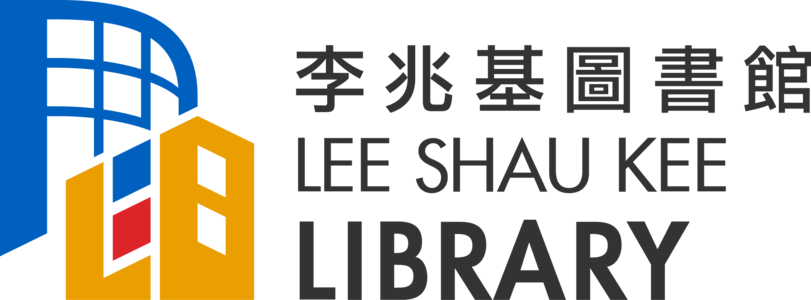Academic publishing is in flux, and eLife, a pioneer in open-access biology research, finds itself at the heart of the storm.
In late 2024, Clarivate announced that eLife would no longer be indexed in the Science Citation Index Expanded (SCIE). Additionally, the indexing of eLife in Scopus will be shifted to the Scopus Preprints Collection – both changes tied to eLife’s unconventional publishing model (eLife, 2024a, b &c).
For authors, these shifts raise pressing questions about where to publish and how their work will be valued. In this post, let’s discuss what’s happened, how it’s affecting eLife, and what it means for researchers.
A Brief Intro to eLife
Launched in 2012, eLife set out to transform scientific publishing. Supported by the Howard Hughes Medical Institute, the Max Planck Society, and the Wellcome Trust, it prioritizes innovations in the peer review process and offers free access to research studies in life sciences and medicine (eLife, 2012).
In January 2023, eLife rolled out a new publishing model that departs from traditional accept/reject decisions based on peer review outcomes (eLife, 2022). Under this system, submissions first undergo an initial editorial review; those deemed worthy proceed to peer review, after which all reviewed manuscripts are published as Reviewed Preprints. These preprints are accompanied by public peer reviews and an eLife Assessment. The assessment rates the significance of findings (e.g., “Fundamental,” “Important,” “Useful”) and the strength of evidence (e.g., “Compelling,” “Solid,” “Inadequate”), providing authors and readers with a structured summary of the work’s value and reliability. This model promises greater control over their publications and transparency in the review process – but recent developments are testing that promise.
No SCIE Indexing, No Impact Factor, and a Scopus Shift
Clarivate’s decision to stop the indexing stems from a quality control issue with eLife’s new publishing model, citing a policy on “Coverage of journals/platforms in which publication is decoupled from validation by peer review” (Clarivate, n.d.). Because “Incomplete” or “Inadequate” manuscripts could still be indexed, Clarivate argues this risks allowing untrustworthy works to benefit from inclusion in the Web of Science Core Collection. As a result, eLife will lose its Journal Impact Factor (JIF) in June 2025 as it will no longer be indexed in SCIE (its last JIF was 6.4).
Nonetheless, Web of Science will still partially index papers rated “Solid” or higher in the eLife Assessment in the Emerging Sources Citation Index (ESCI). Provided current trends continue, that means around 93% of eLife’s Versions of Record (VOR) will appear in its Core Collection, while the remaining 7% of “Incomplete” and “Inadequate” VORs are not eligible (eLife, 2024a). Meanwhile, Scopus started to index eLife in its Preprints Collection in December 2024, and all eLife VORs will remain indexed in PubMed, Google Scholar, OpenAlex, and the Directory of Open Access Journals (eLife, 2024a).

eLife’s appearance in Web of Science’s Master Journal List
Submission Trends
What does this mean for authors considering eLife? To understand the current landscape, it’s worth comparing submission trends over time. After eLife introduced its new model in January 2023, submissions remained relatively stable, matching pre-COVID levels. A sharp rise in 2020–21 was likely driven by pandemic-related research (Kwon, 2024).

Number of submissions to eLife from 2018 to 2024 (Source: Nature)
However, since the Web of Science delisting announcement in October 2024, eLife reported a “substantial fall” in submissions from China where the JIF is critical for promotion, despite its top tier ranking by the Chinese Academy of Science (eLife, 2024b; Zhang, 2024). Still, in the post eLife noted encouraging signs that submissions from the UK surged, and JIF-reliant countries like Italy persisted, suggesting a committed author base who prioritize its mission over metrics (eLife, 2024b). eLife remains optimistic, emphasizing that major funders and institutions continue to value its papers as before.

Submissions from different geographies in September – November 2024 (Source: eLife)
Still, with indexing tied to prestige for many, it’s doubtful submissions will rise in the near term, despite eLife’s hopeful outlook.
Community Response and Implications for Authors
The academic community has responded with a mix of perspectives, reflecting the complexity of eLife’s situation. The Declaration on Research Assessment (DORA) expressed disappointment over Clarivate’s decision, viewing it as a barrier to innovation (DORA, 2024). In its response, DORA says, “We are concerned by the action that Clarivate is taking, but not because of the possibility that eLife will not be eligible for a Journal Impact Factor but because Clarivate can use its market dominance to shut down innovation.”
While eLife has consistently opposed the impact factor, it acknowledges that its loss poses challenges for researchers at institutions still reliant on it for evaluation. Co-editor-in-chief Timothy Behrens notes that the journal’s future remains uncertain, but the team is actively gathering community feedback and tracking submissions, with early indications suggesting stability rather than a sharp decline (Kwon, 2024). Chinese scholars, however, are less optimistic as many worry that publishing in eLife now risks their professional standing, prompting a rapid exodus that could shape the model’s fate (Zhang, 2024).
Rick Anderson, in Scholarly Kitchen, arguing that DORA’s stance oversimplifies the issue (Anderson, 2024). He argues that DORA and eLife treat “disruption” and “innovation” as inherently positive without addressing whether the new model genuinely improves content quality or validity. Anderson also critiques eLife’s response, noting the contradiction in its outrage over losing a JIF it has “never wanted,” suggesting that this reaction conflicts its own anti-metric rhetoric and reveals a reliance on the very system it seeks to disrupt.
For authors, eLife’s situation is a double-edged sword. Its model offers freedom – publish without rejection with transparent reviews. However, exclusion from SCIE and the absence of a JIF could dim its appeal for early-career authors or those in metric-heavy regions. As librarians, we’ve long supported open access and innovative scholarship. eLife’s journey prompts us to rethink how we measure impact beyond numbers, and it underscores our role in guiding authors through these trade-offs – helping them uphold open science principles while navigating tools like Web of Science and Scopus that continue to shape tenure and grant decisions.
References
Anderson, R. (2024, Nov 27). Disruption as an end in itself: eLife’s suspension and DORA’s response. The Scholarly Kitchen.
Clarivate. (n.d). Editorial policies, category change requests, and appeals process.
DORA (Declaration on Research Assessment). (2024, November 25). Clarivate’s actions regarding eLife: DORA’s response.
eLife. (2012, Oct 15). Scientific Publishing: Launching eLife, Part 1.
eLife. (2022, Oct 20). eLife’s new model: What is an eLife assessment?
eLife. (2024a, Dec 10). Changes to eLife’s indexing status in Web of Science and Scopus.
eLife. (2024b, Nov 20). The eLife model: An update on progress following changes in Web of Science indexing status.
eLife. (2024c, Oct 24). Update on eLife’s indexing status at Web of Science.
Kwon, D. (2024, Dec18). Pioneering journal eLife faces major test after loss of impact factor. Nature.
Zhang, T. (2024, Nov 11). Will Chinese scientists make or break the uprising in academic peer-review publishing? South China Morning Post.
– By Jennifer Gu, Library
Views: 1657
Go Back to page Top
Tags: eLife, ESCI, indexing, Journal Impact Factor, open access, open peer review, SCI
published March 27, 2025


